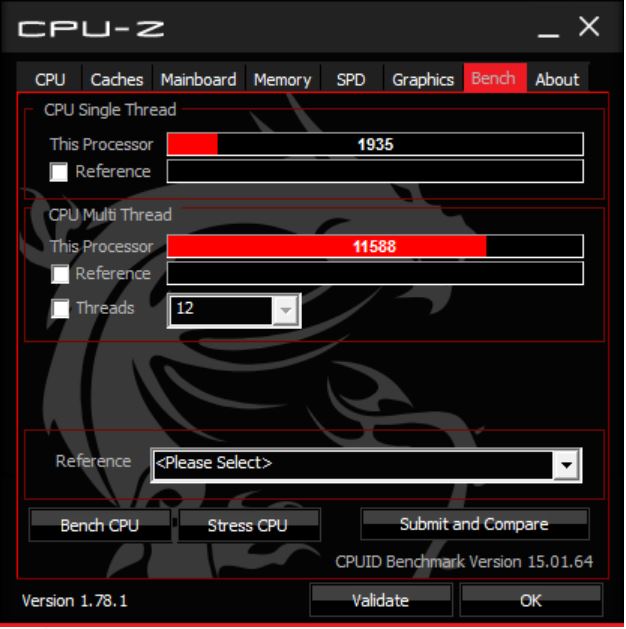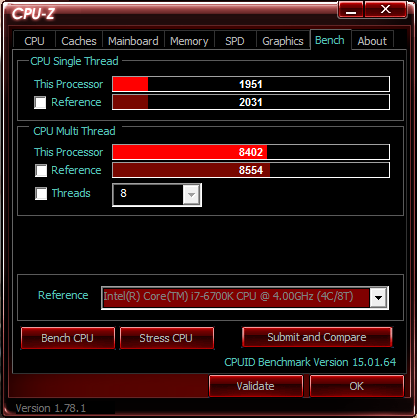Then I suggest both of you go back to high school physics and have your teachers spank you!
https://www.google.com/search?q=leakage+temperature+voltage&ie=utf-8&oe=utf-8
wow your paper didn't but so many others do, why is that? Cause people that write these papers must not know as much as you do.....
Where did you go to college again, I'll tell people never to go there for the type of degree you got.
http://www.ruf.rice.edu/~mobile/elec518/readings/DevicesAndCircuits/kim03leakage.pdf
I guess people at rice know about hotspots and leakage and voltage, hmm maybe they should forfeit their degrees and and have you teach them?
I agree with you about I don't know unless I know the architecture bit, I suggest you go look at 3 or few posts or so prior to that post I made, cause I stated the same shit you did lol.
Yes no one bothers with reading anymore but they take crap out of context because of laziness and convenience.
People its important to read!
Take your freakin emotions out of your pants and read.
That 2003 paper has absolutely nothing to do with the discussion at hand. Just because you've figured out a few Google search terms does not mean you actually understand any of it. My paper mentioned voltage leakage but nothing about node, that's a search term not an actual reference factor. Maybe you'd get close with voltage leakage at the 14nm node, but intels 14nm stack is different from GF is different from Samsung. And,as I said, you can Google and read all you want but without the architecture you won't learn anything relevant.
With good aftermarket cooling I think you'll see 4.2ghz clocks with tdp limit disabled on the x models that have xfr enabled, without any manual tweaking. But,that's somewhat of a wild stab based on 4ghz turbo with stock cooling and 95w tdp limit. I couldn't even guess what manual tweaking with heavy cooling would get yet, none if the leaks have enough info to be believable (yet).
![[H]ard|Forum](/styles/hardforum/xenforo/logo_dark.png)




